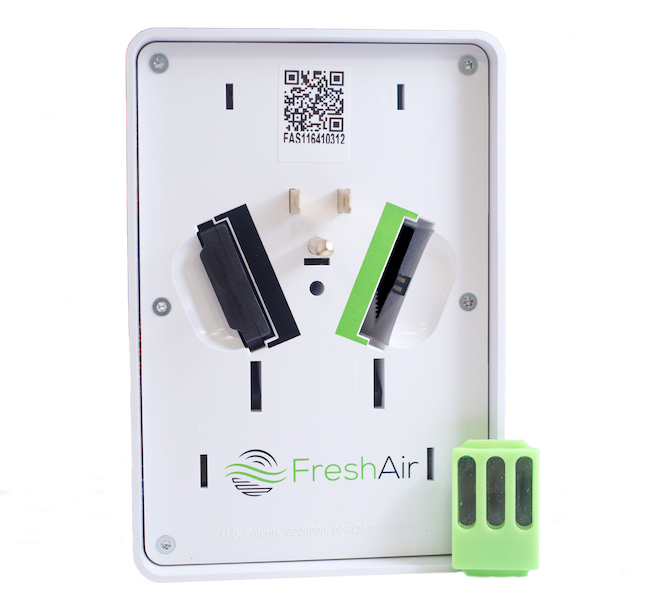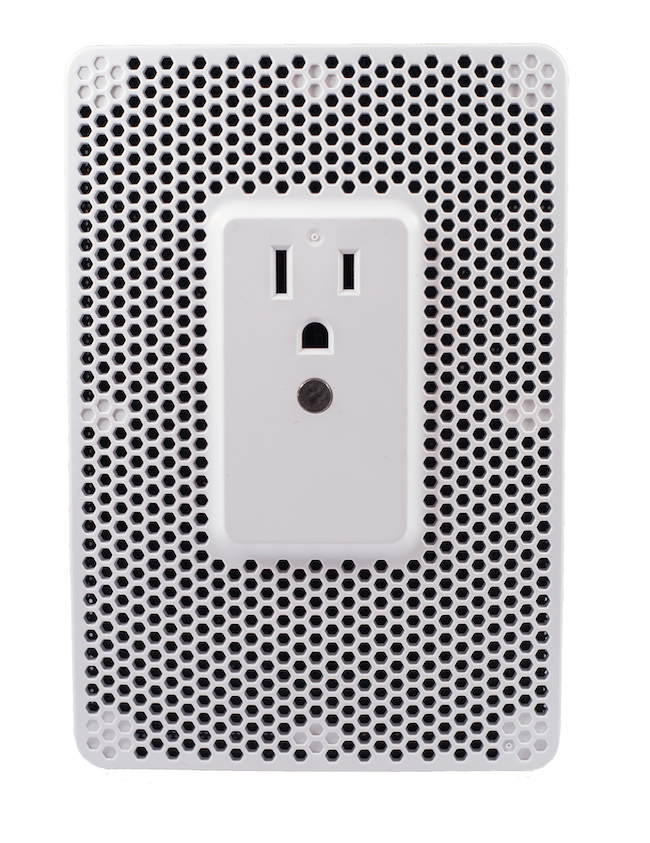Smoking Detection Company Offers Product that Monitors for Tobacco, Marijuana Smoking
- By Yvonne Marquez
- 11/09/20
FreshAir, a smoking detection company, announced a new product that detects tobacco and marijuana smoking. The FreshAir1 Smoking Detection System is capable of monitoring up to 500 square feet and is suited for educational facilities to enforce no-smoking policies.

The FreshAir system sensors are “capable of detecting specific molecules in tobacco smoke and marijuana smoke,” according to a press release. Typical smoke detectors use light or radiation to detect general particles.
The devices can be plugged into standard outlets and are secured with tamper-proof screws. The devices are Wi-Fi enabled and can connect to a building’s network to connect to FreshAir’s monitoring platform.

When smoking is detected in monitored space, the device sends users an immediate alert via email, computer desktop, and/or mobile phone push notification. Incident reports are timestamped, providing proof to enforce no-smoking policies. Alert history, device information, and additional information can be archived in the account through FreshAir’s mobile app or online portal.
About the Author
Yvonne Marquez is senior editor of Spaces4Learning. She can be reached at [email protected].